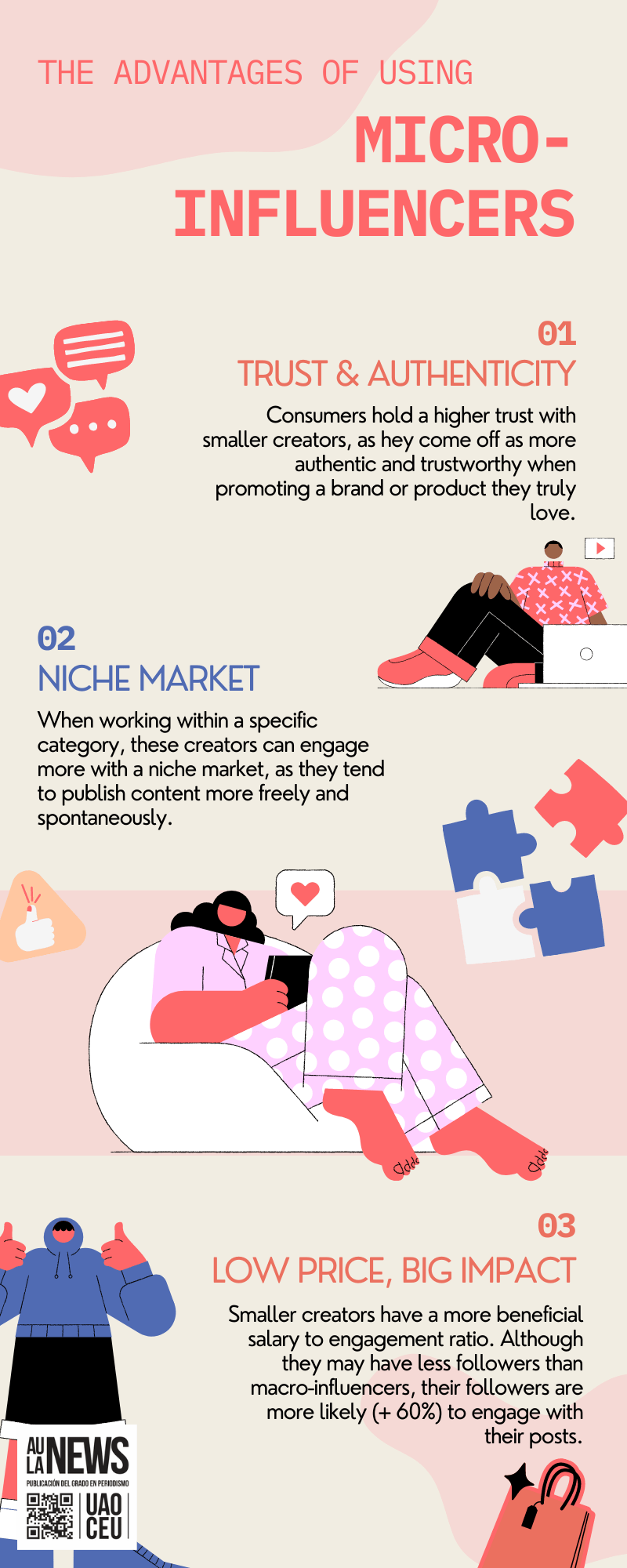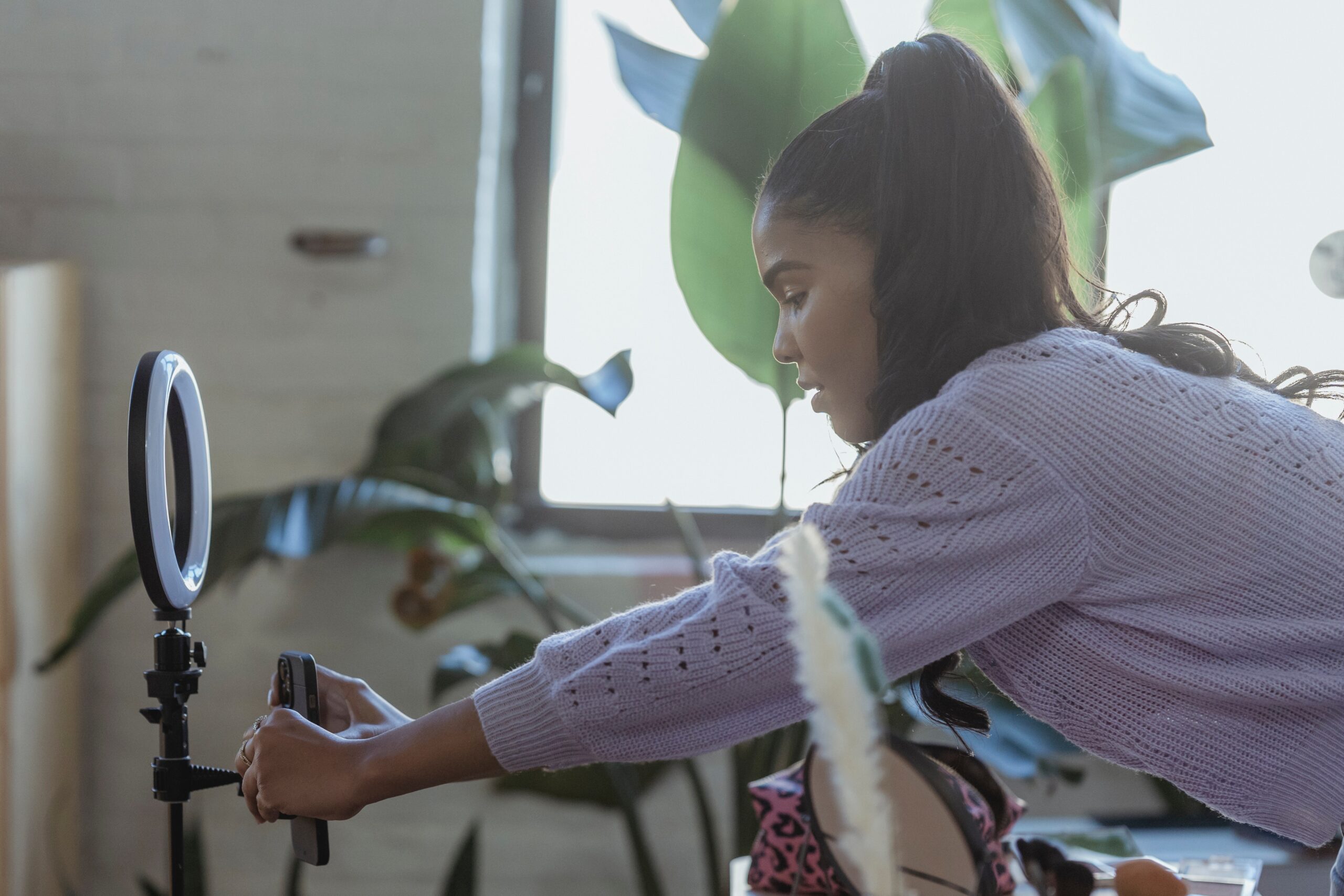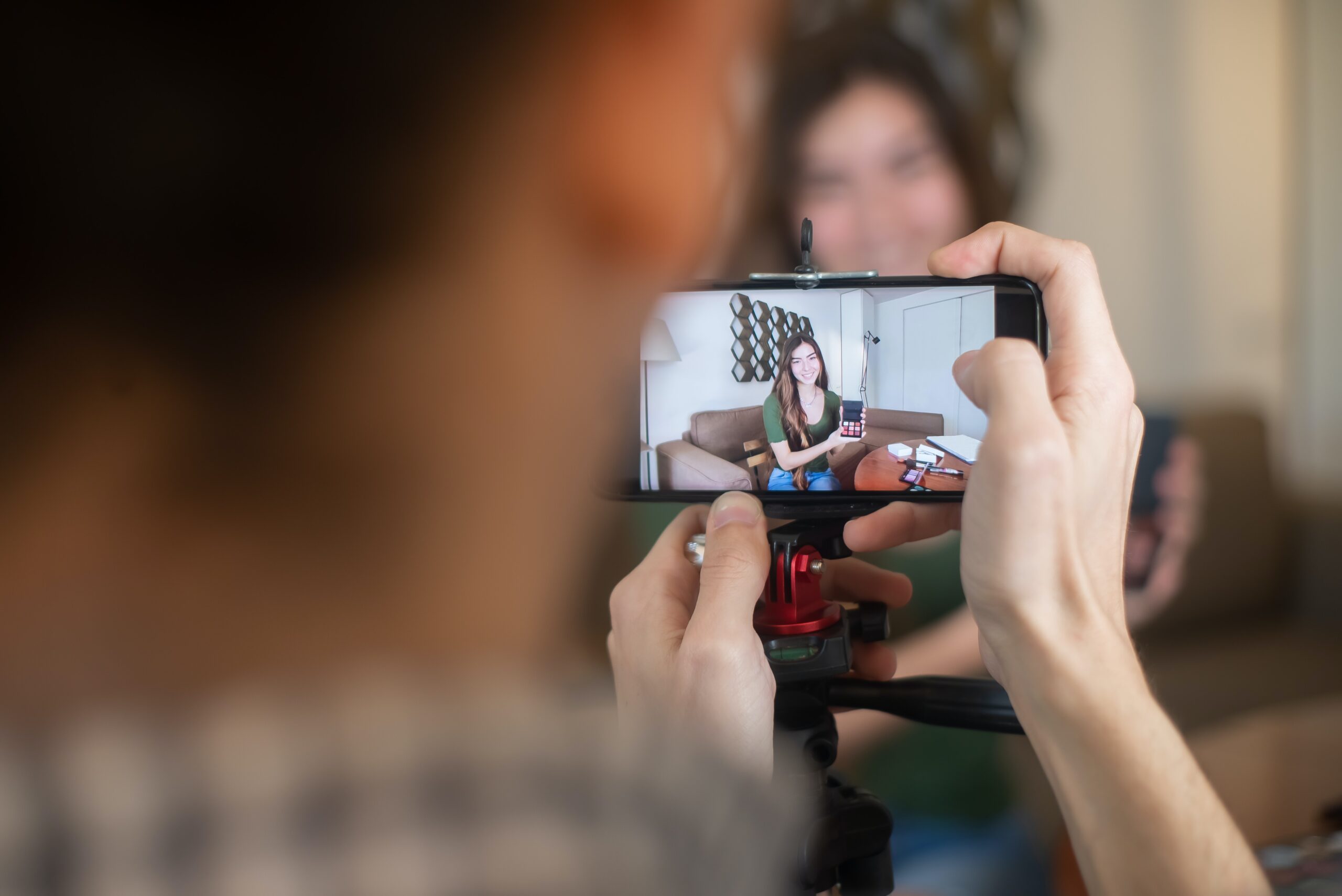In the age of social media, brands have cut back from producing high-production advertisements and campaigns. Instead, they have embraced the use of influencers as ambassadors and endorsers of their products and brand. As the amount of people creating content online has increased tremendously, these brands have a high variety of options to choose from.
Less Is More: Micro-Influencers
However, in order to avoid a wrong representation of their identity, this choice must be made with high consideration. As of recently, many brands have turned to smaller creators (between 10k and 100k followers), also known as micro-influencers for these promotions and endorsement. Aside from the lower price rate, the use of micro-influencers has proven to hold many conversional advantages to companies looking for ambassadors.

An Opportunity or An Obstacle ?
Although this may seem as the perfect opportunity to earn some “easy” money and reap the benefits, being a (micro-) influencer might not be as perfect as it seems. From feeling an immense pressure with entering such a highly competitive field, to facing online hate and abuse, this job, too, has its difficulties.
In order to truly understand and outweigh these advantages and struggles, 2 online micro-influencers were interviewed and asked to share their personal experiences on the matter. The first interviewee was Tedi (@itisivanovaa). She is a Beauty and Lifestyle TikToker, who currently has 36,8K followers. When being asked why she decided to start posting videos on TikTok, she responded she initially saw it as an opportunity to broaden her networking field and developing an online income. Although, after her account had started gaining recognition in 2020, she recollected the excitement she felt after seeing one of her videos going viral. It also made her “motivated to post” in anticipation to “what the future could bring with this opportunity”.
However, Tedi had mentioned the excitement she initially felt after posting a video, has gone down a bit. She explained the biggest struggle she faces is putting herself out there for everyone to judge and it not always being reciprocated with a high recognition/engagement.
Influencers: The Good and The Bad
The second interviewee was Nina (@ninavanberkel), a fashion influencer with around 95,8K followers on TikTok. Her initial goal with creating content on TikTok correlates with that of Tedi; she saw it as a great opportunity to make an income for herself. She also believed this would be a great way to connect with brands she loves and receiving cool items. However, Nina mentioned a different type of struggle she faces. She feels that people around her have a lot of prejudice because of her social media accounts.
“People are quick to put me in the box of ‘influencer’ with no personality and no depth”,
as these are the negative connotations that come with being seen as an influencer. She notices that this makes people treat her a bit differently, even though she assures us she is “totally not intimidating if you actually know me as a person”.
Influencer Marketing: How it Works
Getting into the more technical part of things, Tedi also shared some information on how these brand deals, that were mentioned earlier, work. She stated there are 2 possibilities; either the brand initially approaches you – the influencer – or you contact the brand yourself to ask for a collaboration. Tedi mentioned that, although the price is fairly handled both ways, she prefers it when brands approach her directly, as this tends to work out more successfully in her past experiences.

When being asked how much freedom she has on which type of content she posts while agreeing to do an ad for a brand, Tedi claimed:
“You do get told in what direction the video has to go, but they of course want it to look as natural and authentic as possible, so you do have a lot of freedom to actually act as yourself”.
Lastly, since many young people have been trying to get into the influencer segment themselves, Tedi was asked to give one piece of advice to aspiring influencers. She advices creators to not be scared to “actually try and go out of your comfort zone”. She also highlights the importance of not listening to what others might say and who might judge you.
